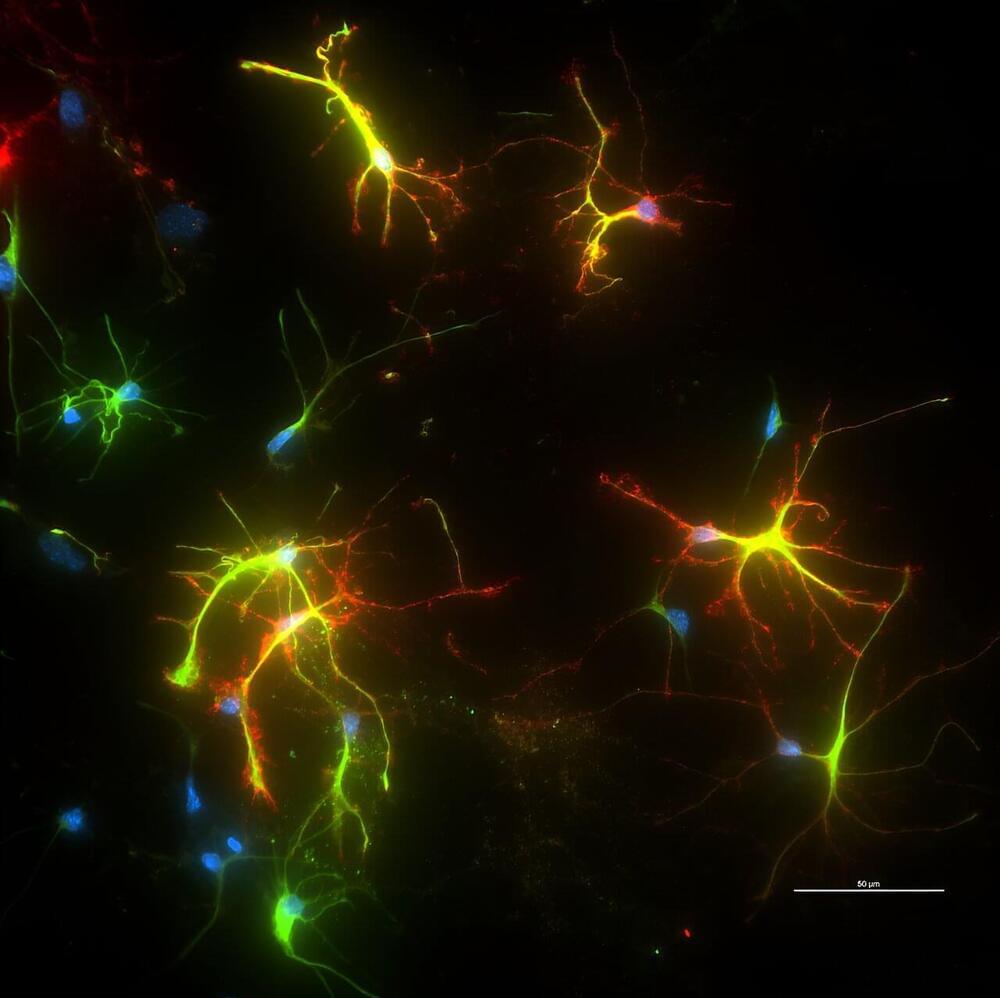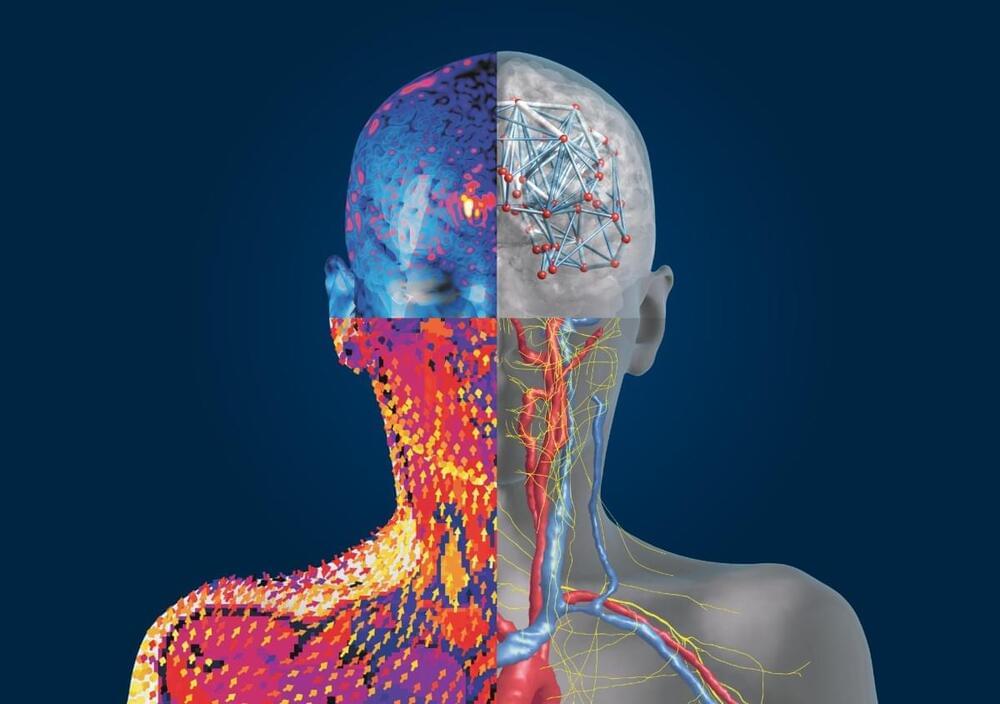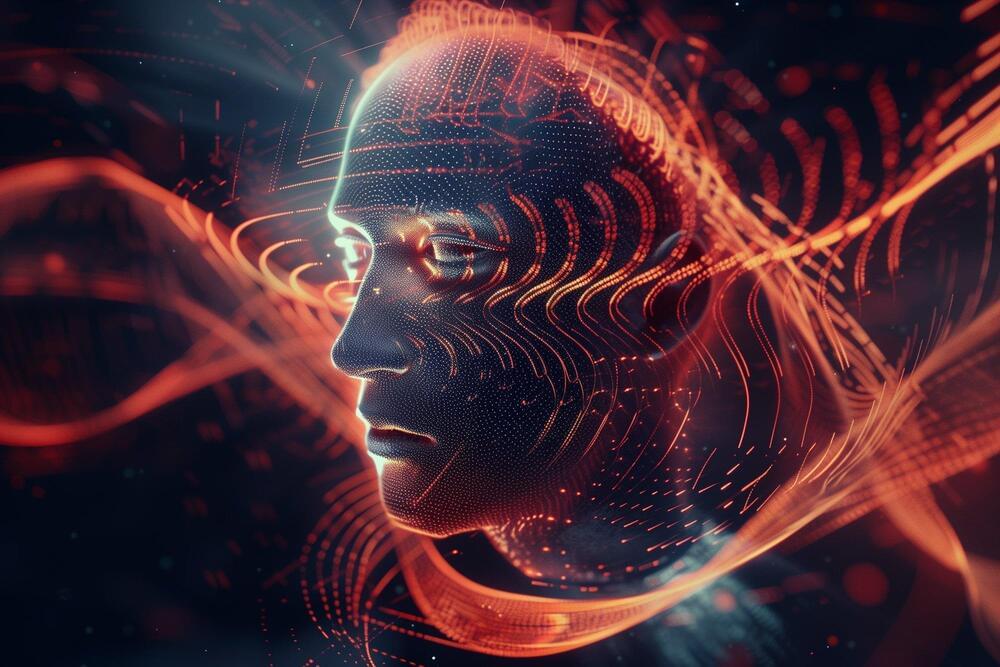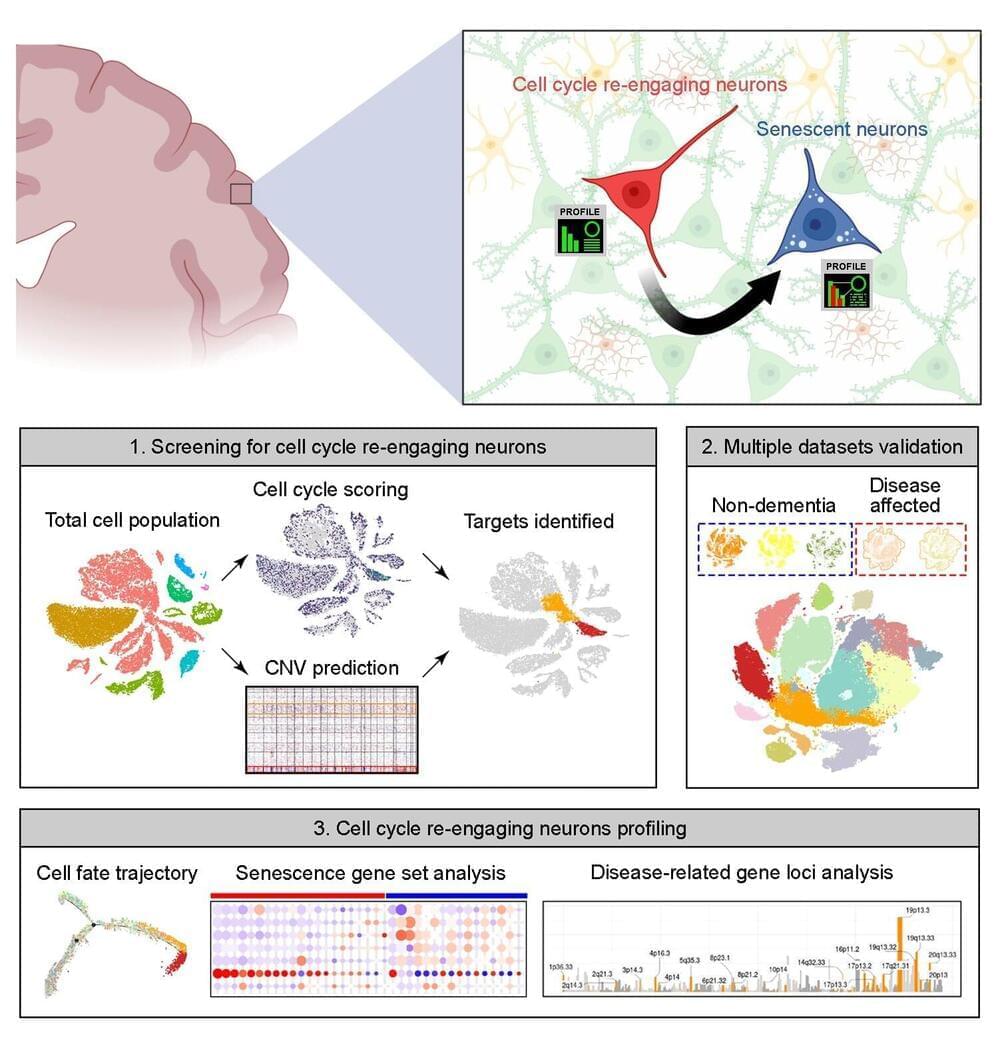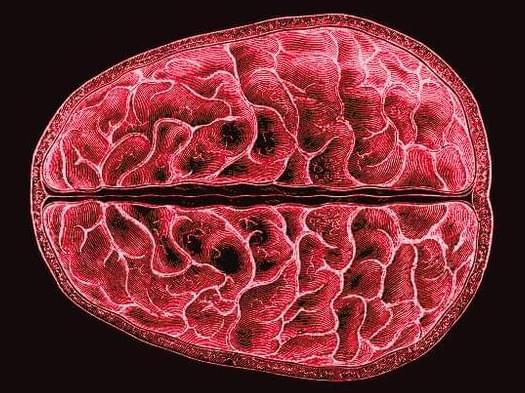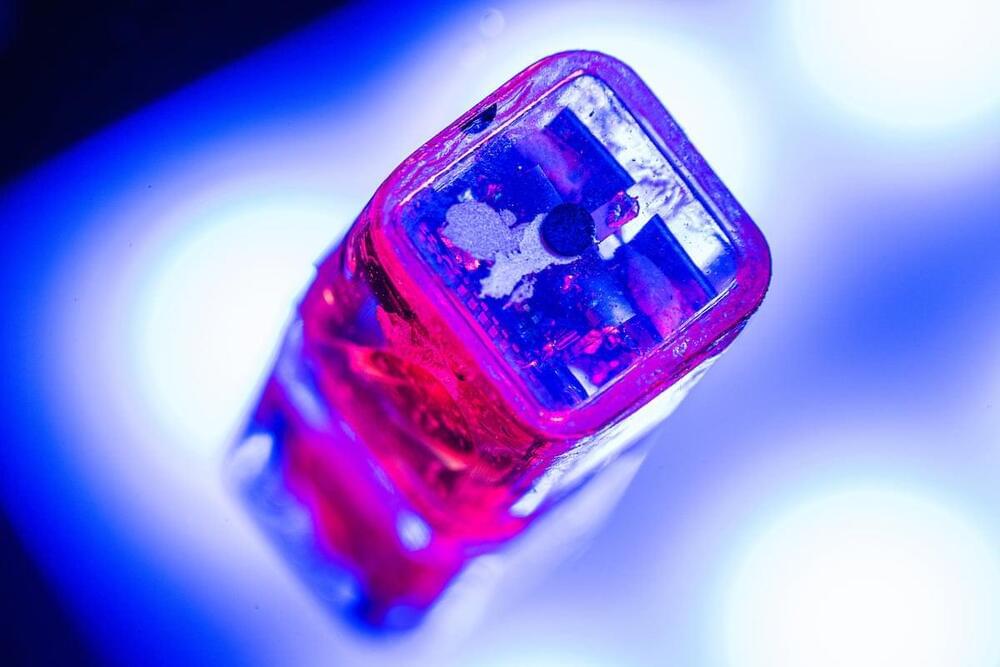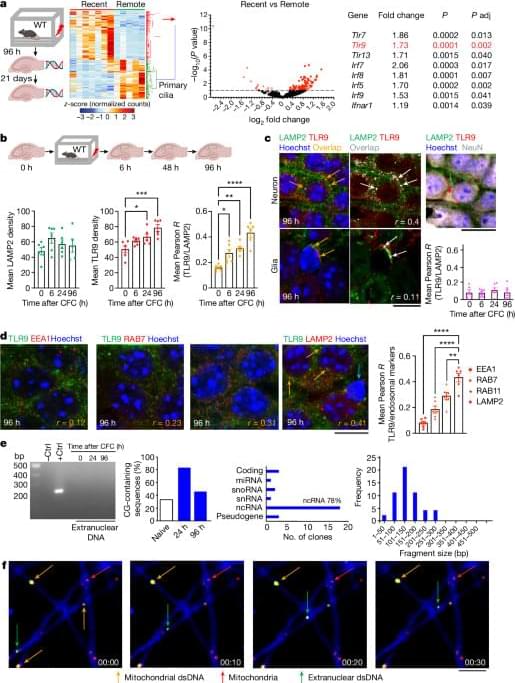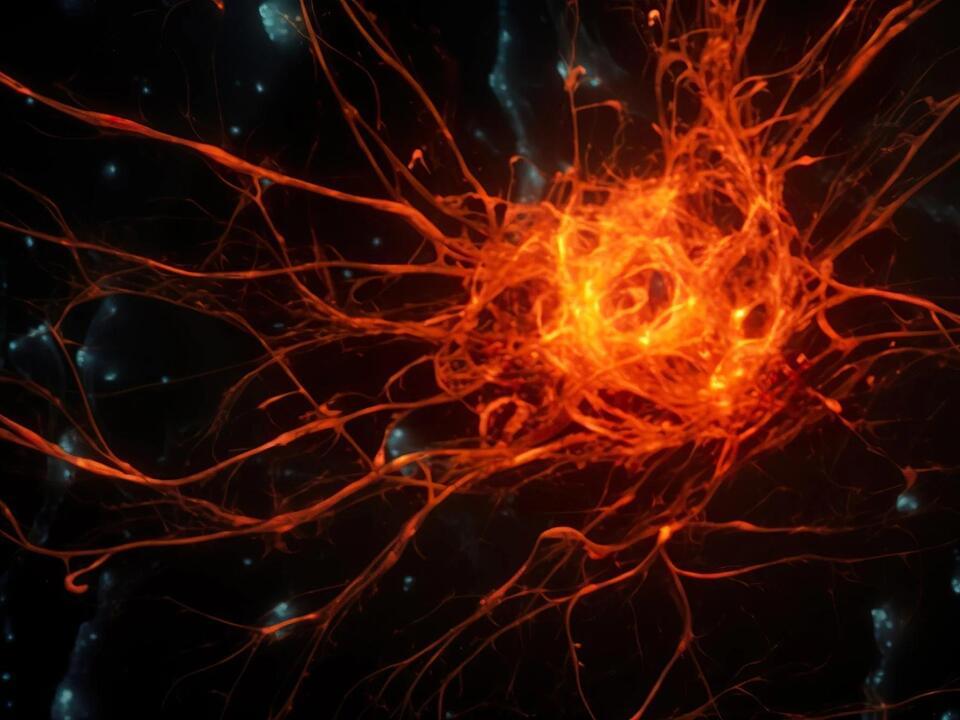A newly developed nanomaterial that mimics the behavior of proteins could be an effective tool for treating Alzheimer’s and other neurodegenerative diseases. The nanomaterial alters the interaction between two key proteins in brain cells—with a potentially powerful therapeutic effect.
The innovative findings, recently published in the journal Advanced Materials, were made possible thanks to a collaboration between University of Wisconsin–Madison scientists and nanomaterial engineers at Northwestern University.
The work centers around altering the interaction between two proteins that are believed to be involved in setting the stage for diseases like Alzheimer’s, Parkinson’s and amyotrophic lateral sclerosis, or ALS.
